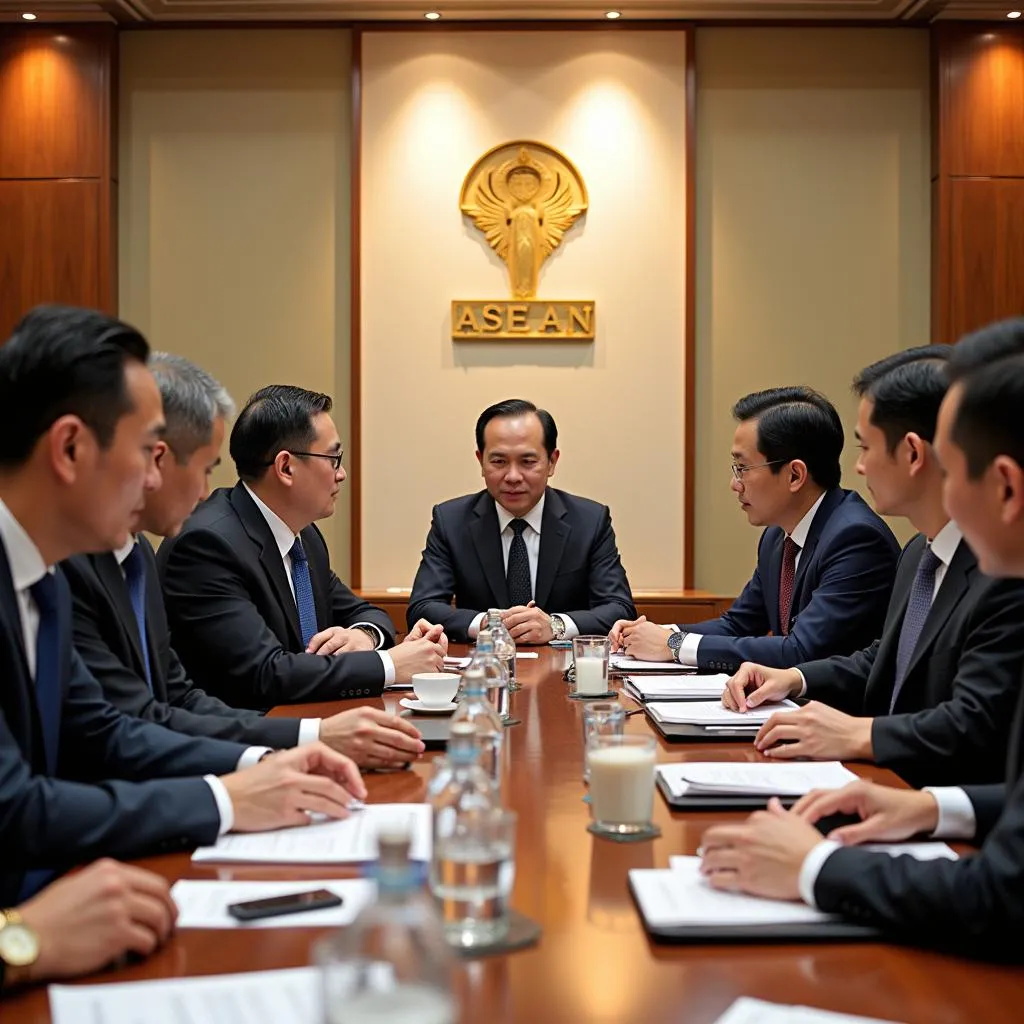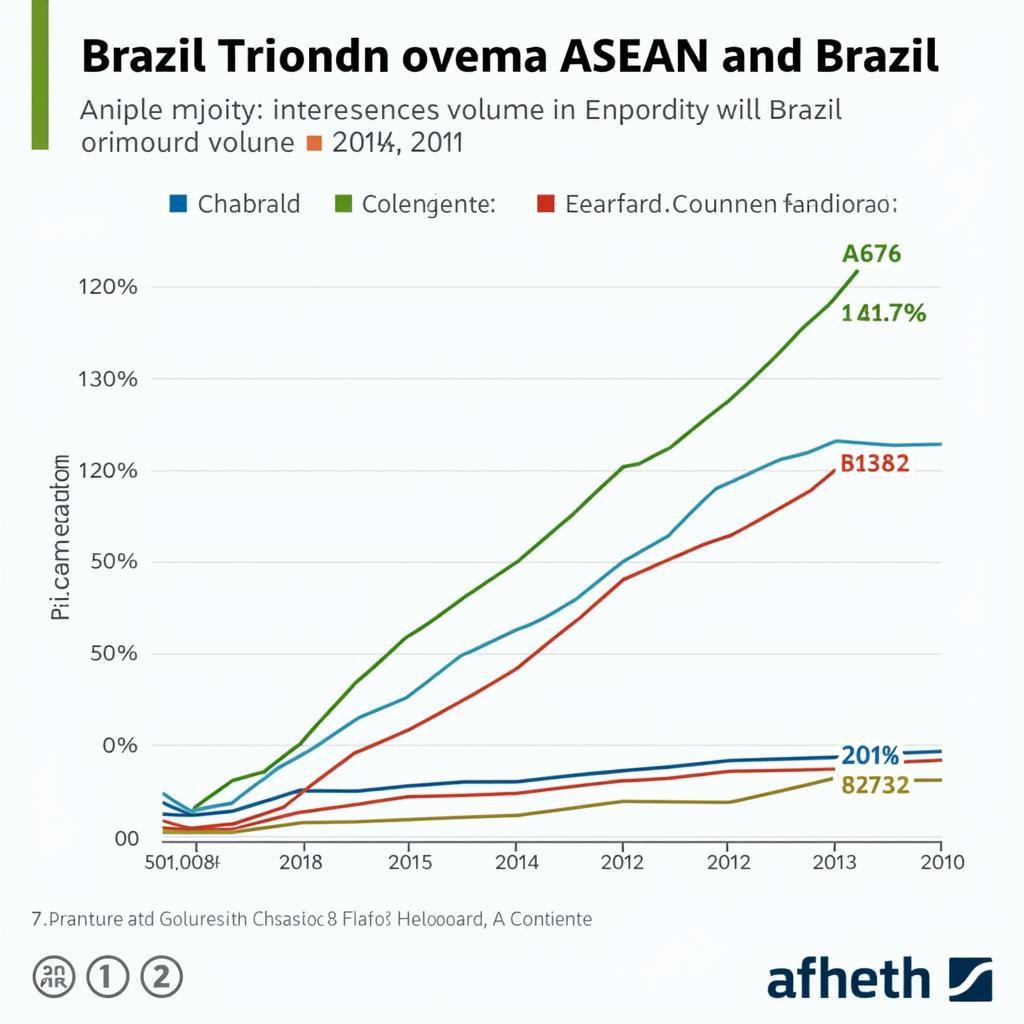ASEAN Frames, an often-discussed topic within Southeast Asian media circles, are essential for understanding the region’s media landscape. They represent a set of shared perspectives, values, and narratives that shape how media within the Association of Southeast Asian Nations (ASEAN) portrays the region and its relationship with the world. This article delves into the complexities of ASEAN Frames, their influence on media narratives, and their significance in shaping public perception.
The Importance of ASEAN Frames
Media plays a crucial role in constructing our understanding of the world. It not only informs but also frames events and issues, influencing how we perceive them. In the context of ASEAN, these frames are particularly critical. As a region characterized by immense diversity – encompassing different cultures, languages, political systems, and historical experiences – understanding the common threads that bind ASEAN media becomes crucial.
ASEAN Frames help us decipher the often-subtle ways in which media narratives within the region represent shared interests, anxieties, and aspirations. They shed light on how ASEAN countries view themselves, their neighbors, and their place on the global stage.
Key ASEAN Frames
Several key frames shape media narratives within the ASEAN region. Understanding these frames is essential for anyone looking to grasp the nuances of Southeast Asian media and its impact:
- ASEAN Centrality: This frame emphasizes ASEAN’s role as the primary driver of regional cooperation and integration. Media stories often highlight ASEAN-led initiatives and dialogues, portraying the organization as a vital platform for addressing shared challenges and promoting regional stability.
- Economic Integration: With ASEAN’s burgeoning economic potential, narratives around economic cooperation and integration are prominent. Media frequently features stories about the ASEAN Economic Community (AEC), trade agreements, and investment opportunities, showcasing the region’s attractiveness to investors and businesses.
- Cultural Diversity: ASEAN is celebrated for its rich tapestry of cultures and traditions. Media often highlights the region’s cultural heritage through travel features, food shows, and cultural documentaries, fostering a sense of shared identity and promoting tourism.
- Non-Interference: The principle of non-interference in the internal affairs of member states is a cornerstone of ASEAN’s political framework. This frame is often reflected in media coverage of sensitive political issues within the region, where neutrality and a focus on dialogue are prioritized.
Analyzing ASEAN Frames in Media
Identifying and analyzing ASEAN Frames requires a nuanced understanding of the region’s media landscape. It involves looking beyond the surface of news reports and examining the underlying assumptions, language choices, and framing techniques used by journalists and media organizations.
 Analyzing News Coverage
Analyzing News Coverage
For instance, analyzing how media outlets from different ASEAN countries report on a shared regional issue, such as the South China Sea disputes, can reveal much about the prevailing frames in each country. The choice of language, the sources quoted, and the overall tone of the coverage can provide valuable insights into the respective national perspectives and how they align with broader ASEAN Frames.
The Impact of ASEAN Frames
The influence of ASEAN Frames extends beyond media narratives. They have a tangible impact on public perception, shaping how citizens within ASEAN countries perceive their own nations and the region as a whole. This, in turn, can influence policy decisions and regional cooperation efforts.
For example, the prominence of the “ASEAN Centrality” frame in media coverage has contributed to a greater sense of regional ownership and a stronger belief in the organization’s ability to address shared challenges. This has strengthened ASEAN’s position as a key player in the regional security architecture.
 ASEAN Summit
ASEAN Summit
Evolving ASEAN Frames in a Changing Media Landscape
The digital revolution, with its proliferation of online news platforms and social media, has significantly impacted media consumption patterns in Southeast Asia. This has led to a more diverse and fragmented media landscape, posing both challenges and opportunities for the shaping and dissemination of ASEAN Frames.
On the one hand, the rise of alternative media platforms has given a voice to previously marginalized perspectives, challenging dominant narratives and offering fresh perspectives on regional issues. On the other hand, the rapid spread of misinformation and disinformation online presents a significant hurdle for fostering shared understanding and promoting cohesive regional narratives.
Conclusion
Understanding ASEAN Frames is essential for navigating the complexities of Southeast Asian media. These frames offer valuable insights into the region’s shared perspectives, anxieties, and aspirations, influencing both media narratives and public perception. As the media landscape continues to evolve in the digital age, understanding and critically analyzing ASEAN Frames will become increasingly important for fostering regional dialogue, promoting cooperation, and building a stronger ASEAN community.
FAQs about ASEAN Frames
1. What is the significance of studying ASEAN Frames?
Studying ASEAN Frames helps us understand how media in Southeast Asia portrays the region and its relationship with the world. It provides insights into shared perspectives and narratives that shape public perception and regional dynamics.
2. How do ASEAN Frames influence media coverage?
ASEAN Frames provide a framework for journalists and media organizations to interpret and report on regional events. They influence language choices, source selection, and overall framing, shaping how audiences understand complex issues.
3. Are ASEAN Frames static or do they evolve over time?
ASEAN Frames are not static. They are dynamic and evolve in response to changing geopolitical realities, social and cultural shifts, and advancements in media technology.
4. What is the role of digital media in shaping ASEAN Frames?
Digital media has democratized information access and provided a platform for diverse voices. It presents both opportunities and challenges for shaping ASEAN Frames, influencing their dissemination and potential impact.
5. How can understanding ASEAN Frames benefit businesses and organizations operating in Southeast Asia?
Understanding ASEAN Frames is crucial for businesses and organizations to effectively communicate with target audiences in Southeast Asia. It enables them to tailor their messaging, navigate cultural sensitivities, and build trust with stakeholders.
For further assistance and information on ASEAN media and related topics, feel free to reach out to us. Contact us at Phone Number: 0369020373, Email: aseanmediadirectory@gmail.com or visit our office located at Ngoc Lien Village, Hiep Hoa, Bac Giang, Vietnam. Our dedicated customer support team is available 24/7 to assist you.
Discover more insights on Asean Media and related topics by exploring other informative articles available on our website.
